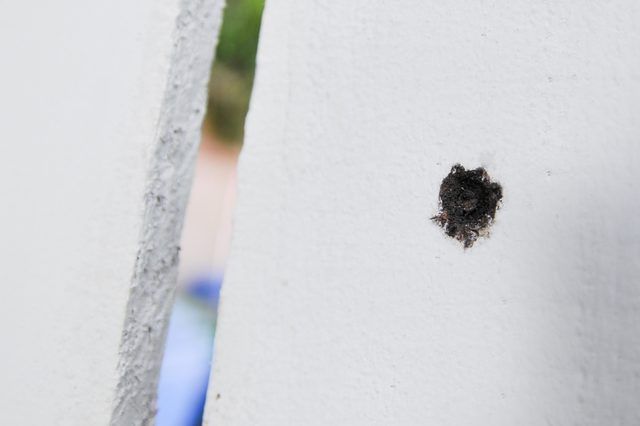Bulbs
Flower Basics
Flower Beds & Specialty Gardens
Flower Garden
Garden Furniture
Garden Gnomes
Garden Seeds
Garden Sheds
Garden Statues
Garden Tools & Supplies
Gardening Basics
Green & Organic
Groundcovers & Vines
Growing Annuals
Growing Basil
Growing Beans
Growing Berries
Growing Blueberries
Growing Cactus
Growing Corn
Growing Cotton
Growing Edibles
Growing Flowers
Growing Garlic
Growing Grapes
Growing Grass
Growing Herbs
Growing Jasmine
Growing Mint
Growing Mushrooms
Orchids
Growing Peanuts
Growing Perennials
Growing Plants
Growing Rosemary
Growing Roses
Growing Strawberries
Growing Sunflowers
Growing Thyme
Growing Tomatoes
Growing Tulips
Growing Vegetables
Herb Basics
Herb Garden
Indoor Growing
Landscaping Basics
Landscaping Patios
Landscaping Plants
Landscaping Shrubs
Landscaping Trees
Landscaping Walks & Pathways
Lawn Basics
Lawn Maintenance
Lawn Mowers
Lawn Ornaments
Lawn Planting
Lawn Tools
Outdoor Growing
Overall Landscape Planning
Pests, Weeds & Problems
Plant Basics
Rock Garden
Rose Garden
Shrubs
Soil
Specialty Gardens
Trees
Vegetable Garden
Yard Maintenance
How to Kill Flying Carpenter Bees
How to Kill Flying Carpenter Bees. Carpenter bees resemble bumble bees except carpenter bees have black upper abdomens. Carpenter bees also are not as hairy as bumble bees. Carpenter bees are easy to identify because they burrow into untreated wood to build their homes, causing damage as they go. Although carpenter bees are not as aggressive as...
Carpenter bees resemble bumble bees except carpenter bees have black upper abdomens. Carpenter bees also are not as hairy as bumble bees. Carpenter bees are easy to identify because they burrow into untreated wood to build their homes, causing damage as they go. Although carpenter bees are not as aggressive as bumble bees, you need to treat an infestation of carpenter bees as soon as possible to protect your home. If you would like to rid your property of carpenter bees without hiring an expensive professional exterminator, you can build a trap or use insecticides to kill the bees.
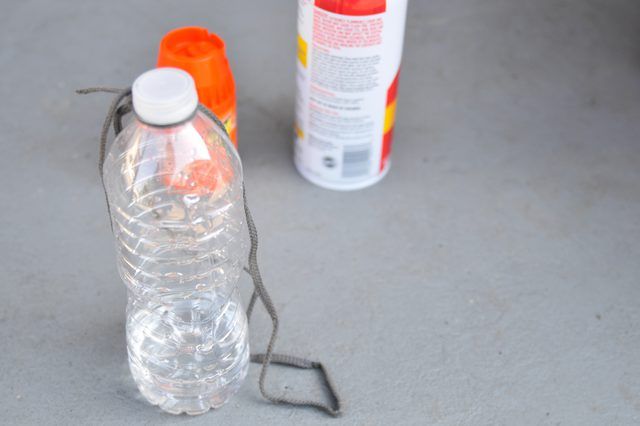
Things You'll Need
20-ounce plastic soda bottle
Soap
Water
Utility knife
Sugar
Funnel
String
Aerosol insecticide
Dust insecticide
Caulk
Step 1
Clean an empty 20-ounce plastic soda bottle with soap and water.

Step 2
Cut three or four 'X' shapes in the side of the bottle using a utility knife. The cuts should be located halfway down the bottle and spaced evenly around the circumference of the bottle.They each should be about 1/2-inch tall.

Step 3
Press your finger into the center of each X to create openings in the bottle. The openings should be large enough for a carpenter bee to enter. Do not make them too large or the bees will be able to fly back out.

Step 4
Mix 3 tablespoons of sugar and 1/2 -cup of water together until the sugar is dissolved. Pour the mixture into the bottle so that 1/2-inch of sugar mixture is in the bottle. To make filling easier, use a funnel. Place the lid on the bottle.

Step 5
Tie a length of string around the neck of the bottle and hang your bottle from a tree or awning. The bees will fly into the bottle to get to the sugar mixture and will not be able to find a way back out. They will eventually drown.
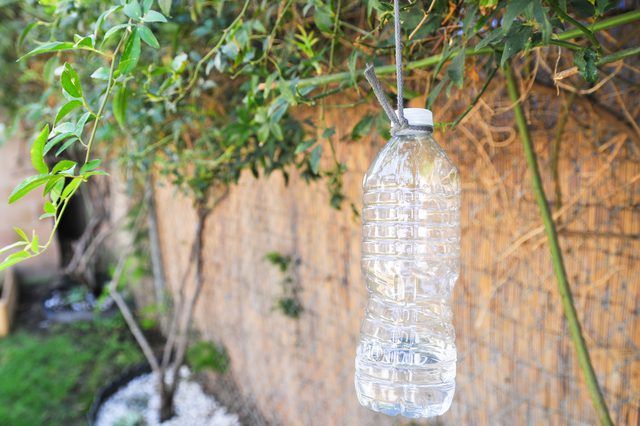
Step 1
Spray an aerosol insecticide with one percent propoxur into the holes of the carpenter bee hive. Different brands of sprays may have different instructions, so be sure to follow the manufacturer's suggestions.
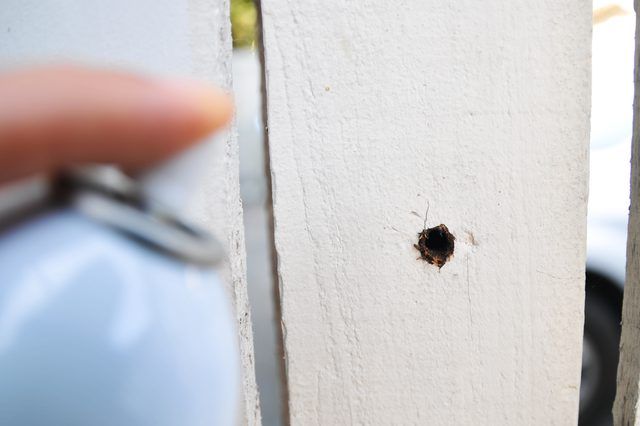
Step 2
Leave the spray for three to four days as it takes effect and begins to kill the carpenter bees.
Step 3
Apply a dust insecticide that contains deltamerthin into the holes according to package directions.
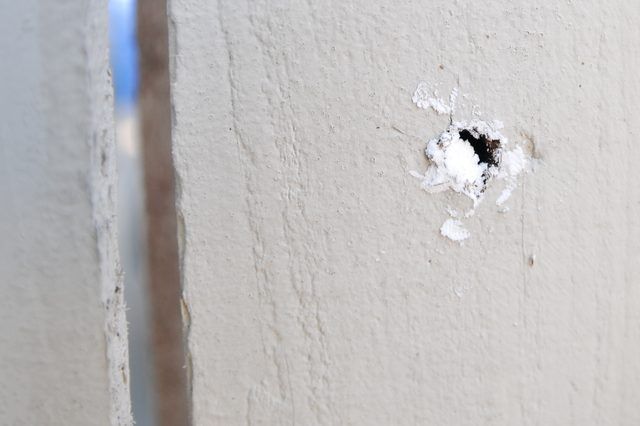
Step 4
Allow the dust to remain in the holes over the next two to three days to kill the remaining carpenter bees.
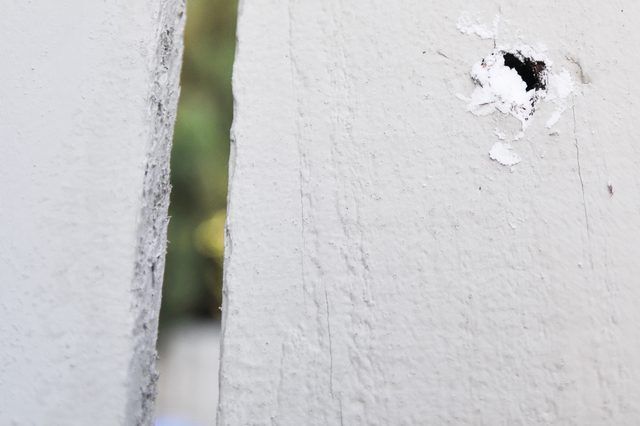
Step 5
Plug all entrance holes into the carpenter bee hives once you have killed the bees. This will prevent future swarms from entering the ready-made hives. You can use caulking or wood putty.
